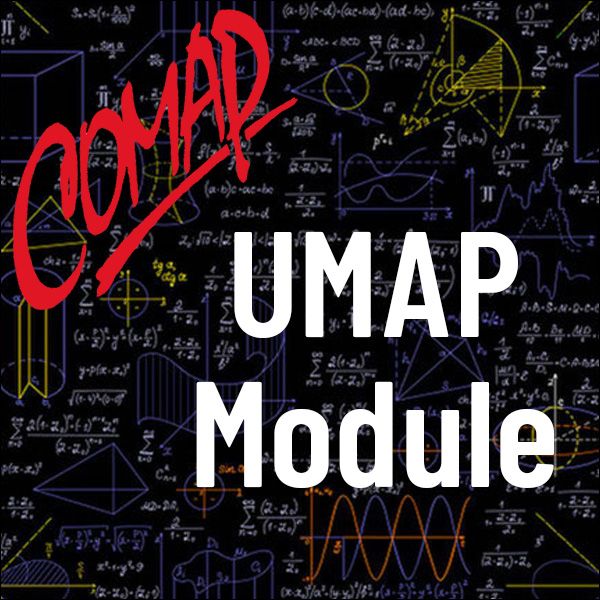Modeling Shell Morphology (UMAP)
Author: George L. Ashline, Joanna A. Ellis-Monaghan, Zsuzsanna M. Kadas, Declan J. McCabe
Modeling the beautiful and varied shapes of seashells sculpted by nature is an esthetically appealing application of several concepts typically introduced in multivariable calculus. We use vector calculus tools to generate three-dimensional models of mollusk shells from growth measurements. We suggest a method for measuring shell specimens to determine necessary model parameters. We also provide Maple code for the modeling and several project handouts designed for various levels of student independence and preparation.
Table of Contents
COLOR PLATES
1. INTRODUCTION
2. DEVELOPING THE MODEL
3. MEASURING THE SHELLS AND FITTING THE MODEL
4. PARAMETER EFFECTS AND SURFACE ORNAMENTATION
5. PROJECT HANDOUTS
5.1 Handout I (Highly Independent)
5.2 Handout II (Breaking the Problem into Steps)
5.3 Handout III (Structured Format)
5.4 Handout IV (Writing Component)
5.4.1 Formatting Guidelines
5.4.2 Evaluation Criteria
6. MAPLE CODE
6.1 Part I: The Procedure Shell
6.1.1 Parameters Passed to the Procedure
6.1.2 Output Variables for the Procedure
6.2 Part II: Modeling a Shell Specimen from Data
6.2.1 Fitting Exponential Functions to Data from X-ray Image Measurements
6.2.2 Shell Model with Circular Aperture
6.2.3 Detailed Aperture Shape: Curve-fitting for Radial Aperture Function
6.3 Generating the Shells in the Color Plates
7. REFERENCES AND SOURCES
7.1 Print Resources for Shell Modeling
7.2 Online Resources for Shell Modeling
7.3 Online Sources for Shells, Pictures, and X-rays
ACKNOWLEDGMENT
ABOUT THE AUTHORS

Mathematics Topics:
Application Areas:
Prerequisites:
You must have a Full Membership to download this resource.
If you're already a member, login here.